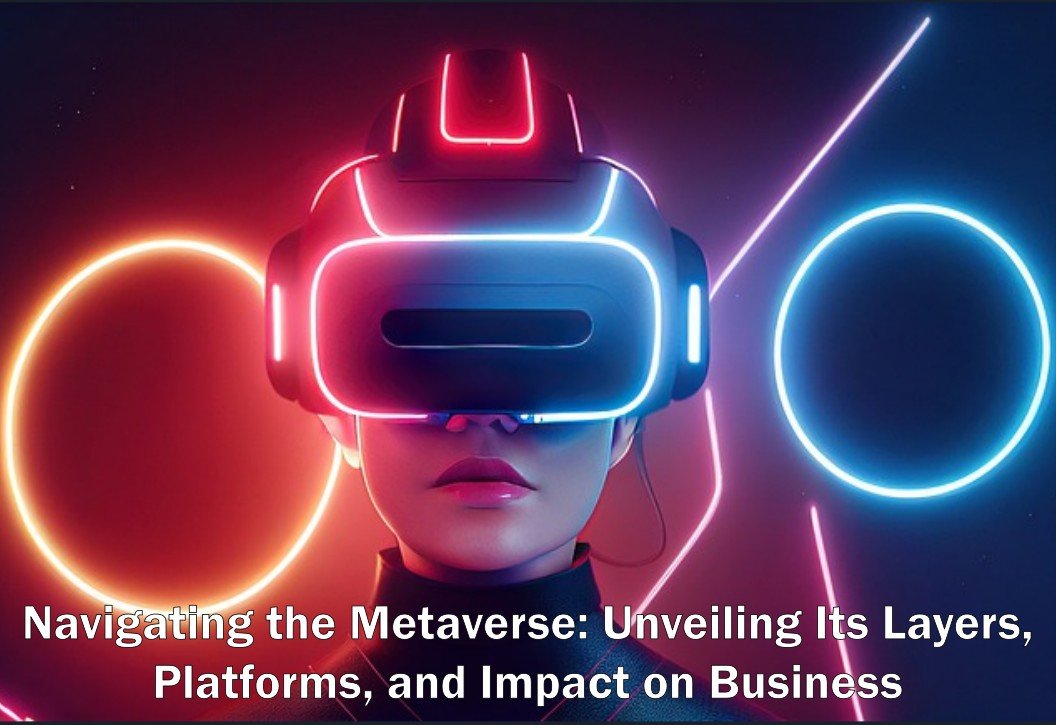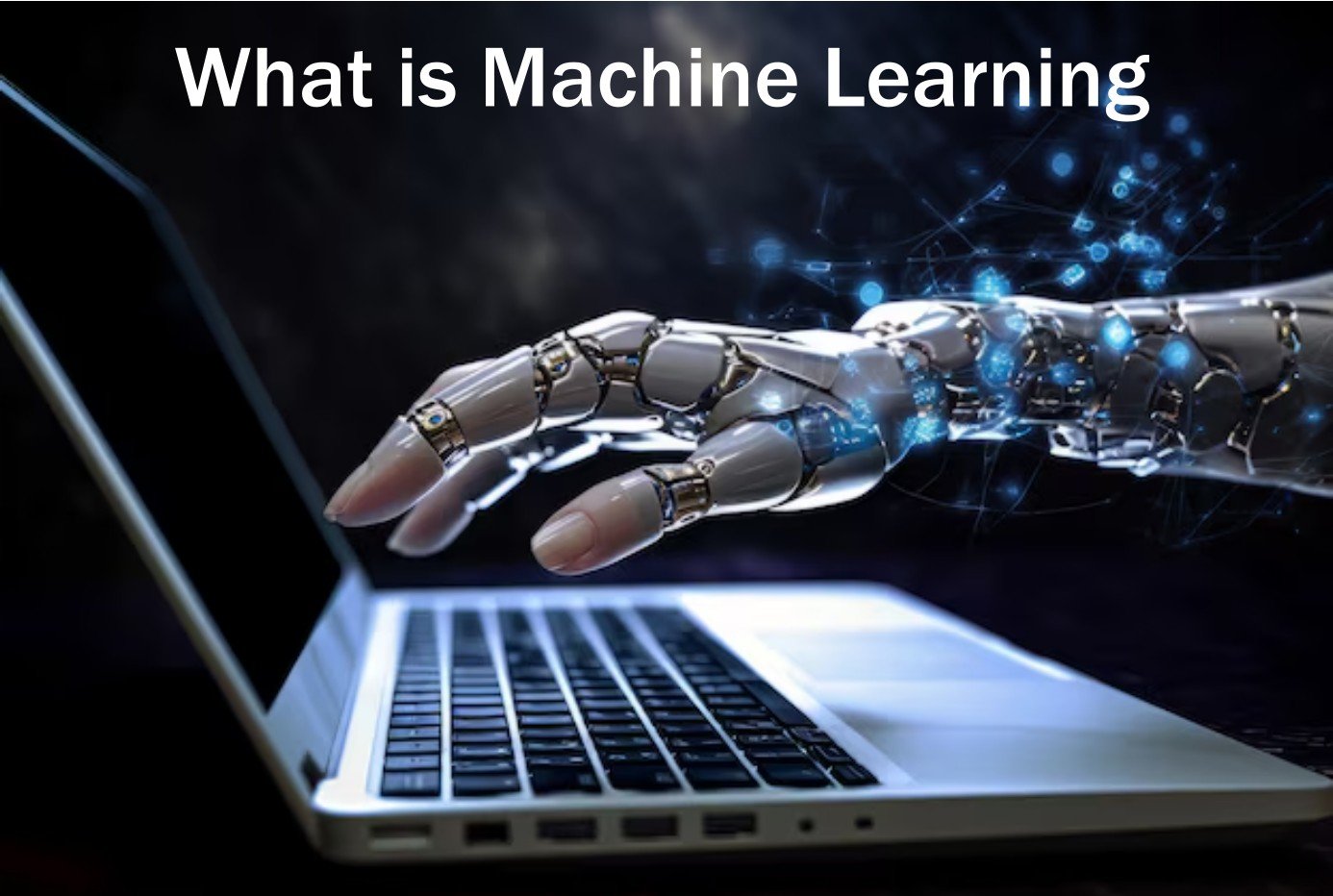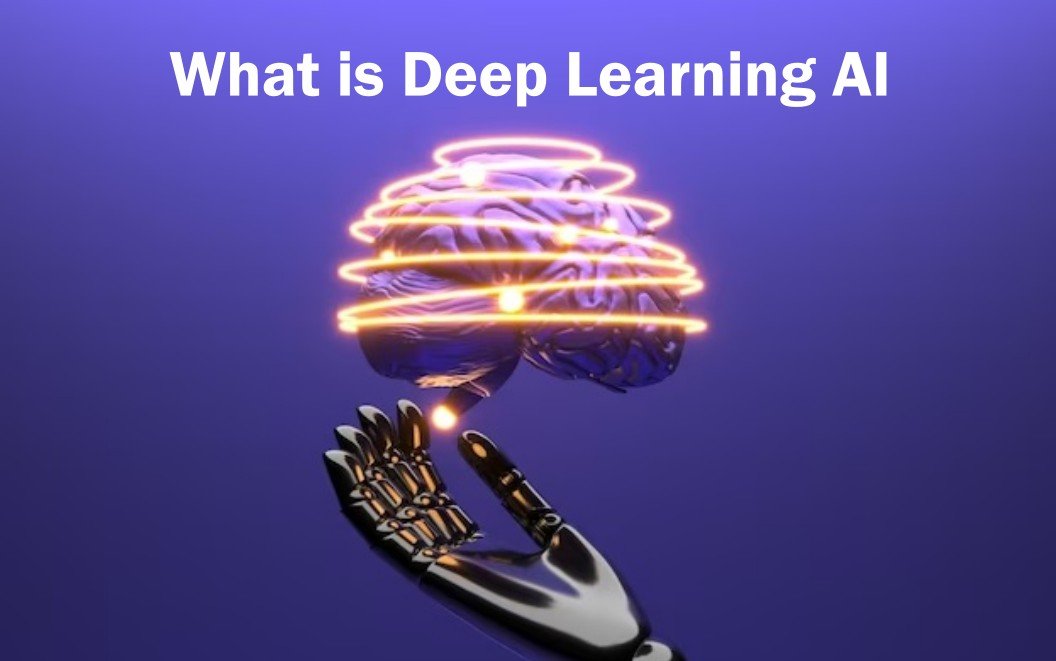What is the benefit of interference in quantum computing?

Credit - Pixabay
Because it is based on interference, quantum computing is a game changer in fields such as drug discovery. The benefits of quantum computing are stronger qubits, faster calculations , correcting errors , silencing errors and amplifying accuracy Interference is the key, not only for computing but for advanced fundamental physics research as well. We will tell you in detail about quantum computing and what the benefits of interference in quantum computing are.
Quantum computing is the fastest-growing technology that has the potential to revolutionize every field from drug discovery to cryptography. It can rely on the heavy principle of quantum mechanics for superposition and entanglement. To operate that are currently impossible using classical computers, Quantum computing can make it possible. Do you know what is a benefit of interference in quantum computing Interference is one of the essential components of quantum computing. Interference is a process by which quantum states are combined to yield new states.
What is Quantum Computing?
Quantum computing is a multidisciplinary field involving aspects of computer science, physics, and mathematics that uses quantum mechanics to solve complex problems faster than classical computers. The field of quantum computing involves hardware research and application development. Quantum computers can solve certain types of problems faster than classical computers by taking advantage of quantum mechanical effects such as superposition and quantum interference. Some applications where quantum computers can provide this much speed include machine learning, optimization, and simulation of physical systems. End-use cases could be portfolio optimization in finance or simulation of chemical systems, solving problems that are currently impossible for even the most powerful supercomputers on the market.
Also Read -
How Does Quantum Computing Work?
All computers use the binary system to encode data to run the processor with the binary framework. Also, these computers use transistors for calculations. In the computer's circuitry, transistors act as switches and create 0s and 1s to process logic. But when these comes to quantum computers, are replaced by quantum bits. Where we can call these qubits, which are encoded by quantum information. Let's discuss all the components of the quantum computing working system:
- QUBITS:
Qubits represent quantum-mechanical systems that take up different quantum values and scales. These values and scales may be exponentially beyond the conventional 1s and 0s. For example, A three-qubit does eight, and a four-qubit system does 16 while a two-qubit system can perform four concurrent computations.
- SUPERPOSITION
The meaning of superposition is a quantum system is capable of being in several different states at the same time. Consider a scenario of a coin toss between two parties. After the toss of a coin, it may be heads or tails. But imagine a situation where a coin hanging in the air, also hanged the possibility of heads or tails. Similarly, quantum particles such as electrons remain in a state of quantum superposition. So, the 'uncertainty' factor is taken care of in quantum computers.
- ENTANGLEMENT
It refers to that where two or more qubits are entangled by a correlation between them. Any change to one of the qubits invariably impacts the others without exception, qubits are entangled. For example, if You introduce an additional qubit to a 60-qubit computer, the quantum computer can evaluate 260 states concurrently. So, use quantum entanglement for faster data processing in quantum computing.
- INTERFERENCE
This is a method of controlling the quantum states in a quantum computer. It can be done by reinforcing or diminishing the wave functions of quantum particles. In the result, you will find, that the quantum states are leading to a correct output that can be amplified. Later one can cancel out the states giving wrong output.
- COHERENCE
In noisy environments, quantum machines do not perform well. They are affected by external noise. Qubits can be disrupted thereby leading to errors in computation. Quantum states retain information only for a short period. While the information is still alive, it is vital to perform the computational tasks, and then the data can go out of coherence in no time.
The Benefits of Interference in Quantum Computing
In this article, I am going to explain the benefits of interference in quantum computing. Also, you can find out how interference makes quantum computing different from classical computing.
Enhancing Qubit Stability
To store and process information in quantum computing, we used qubits which are building blocks. Qubits are very sensitive toward their own environment. Even a single disturbance may be caused by errors in calculations of the qubit. Interference can help to improve qubit performance by canceling out the effect of external noise. By creating a constructive and destructive interference, we can allow to qubit to gain a stable state. This type of consistency makes it more robust and feasible for practical application in quantum computing.
Achieving Faster Computation
Interference is an important process. It can be helpful in quantum computers to perform calculations faster than other classical computers. Interference allows qubits to exist in the superposition of multiple states. Interference may be possible to do so with parallel processing of information. The faster the computing power increases due to more qubits in the calculation through more parallel processing.
Improved Error Correction
This is one more beautiful benefit of interference in quantum computing. As you know, quantum computing is highly susceptible to errors. It can arise from internal disturbances or external noises. It can be computationally complex and resource-intensive. By allowing the creation of entangled states, Interference can hello simplify this process for exhibiting strong correlations. Without the need for additional computational overhead, these states can act as error-correcting codes.
Suppress the Probability Amplitudes
By creating destructive interference between them, interference can suppress the probability amplitudes of the incorrect solutions. When the waves that represent the quantum states are out of phase, destructive interference occurs. It means cancel each other out. For the incorrect solutions, there is one way to create destructive interference, use an amplitude amplification technique. This is a generalization of Grover's algorithm. Grover's algorithm is used for unstructured search. The probability amplitude of the correct solution after a certain number of interactions, solutions become close to zero. The desired outcome is more likely to be observed when the qubits are measured in this way.
Also Read -
Amplify the Correct Solutions
When the waves are in phase, constructive interference occurs at peak and through at the same time. Interference can be used to amplify the probability of the correct solution. By applying a sequence of operations Grove's algorithm works to create constructive interference for the marked item and destructive interference for unmarked items. It may increase the probability of finding the marked item from the bucket. This was our last benefit of interference in quantum computing but not from all.
Conclusion
Interference is a fundamental process from distinguishes quantum computing. Interference can improve error correction and the process of highly complex data and enables faster computation. These benefits of interference in quantum computing go beyond mere computing applications, with important implications also for fundamental physics research. As research in quantum computing progresses, we will discover new ways for interference and cross the limits of computational science even further.








